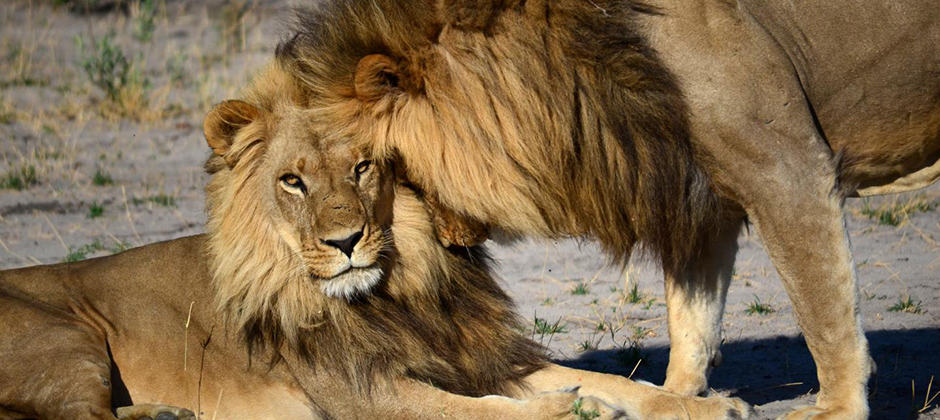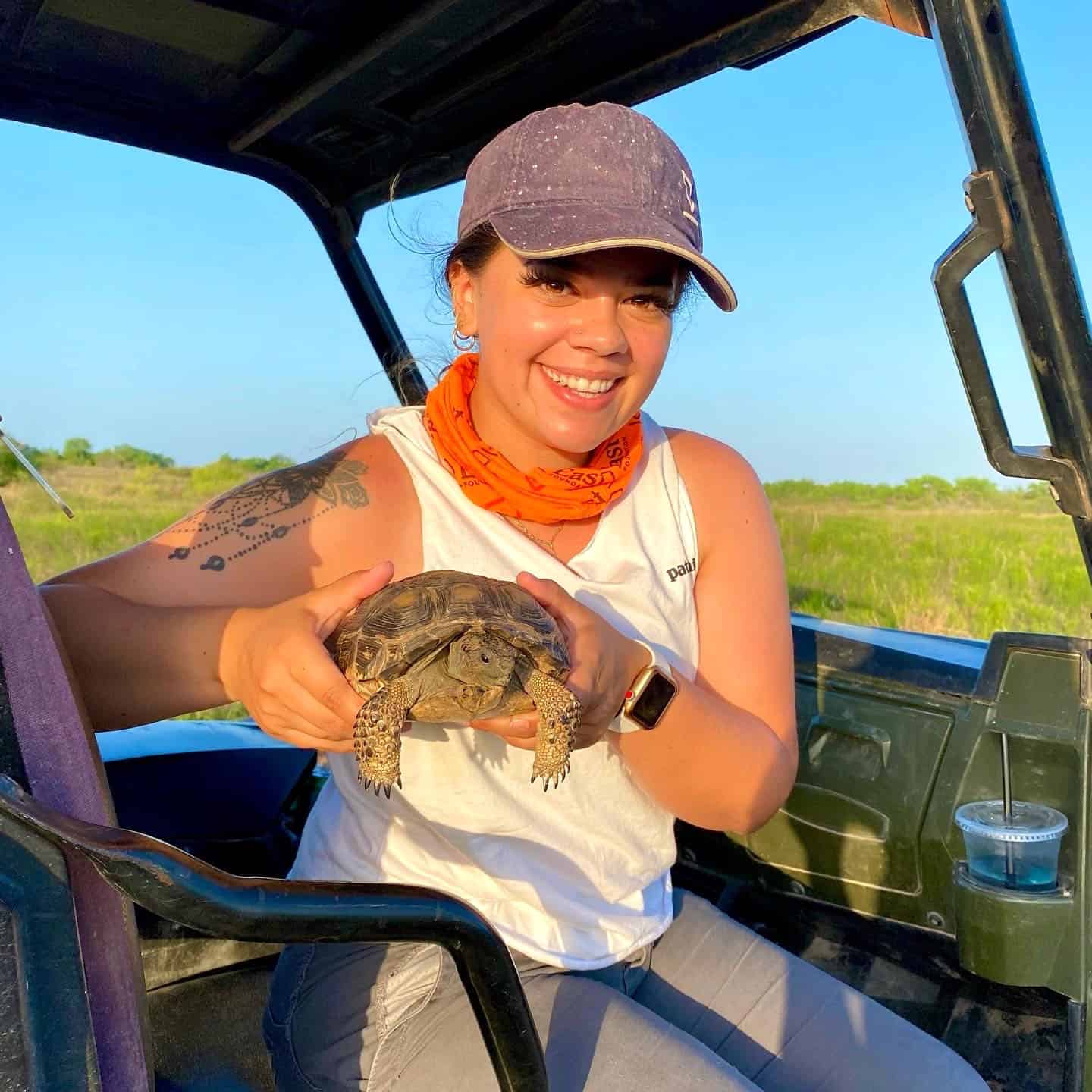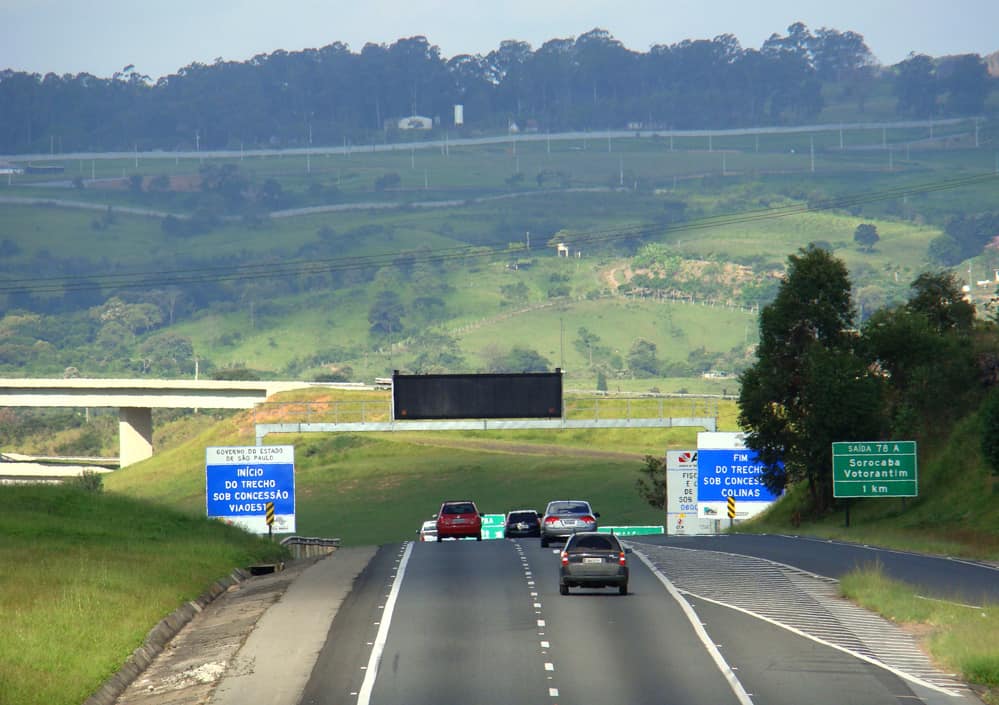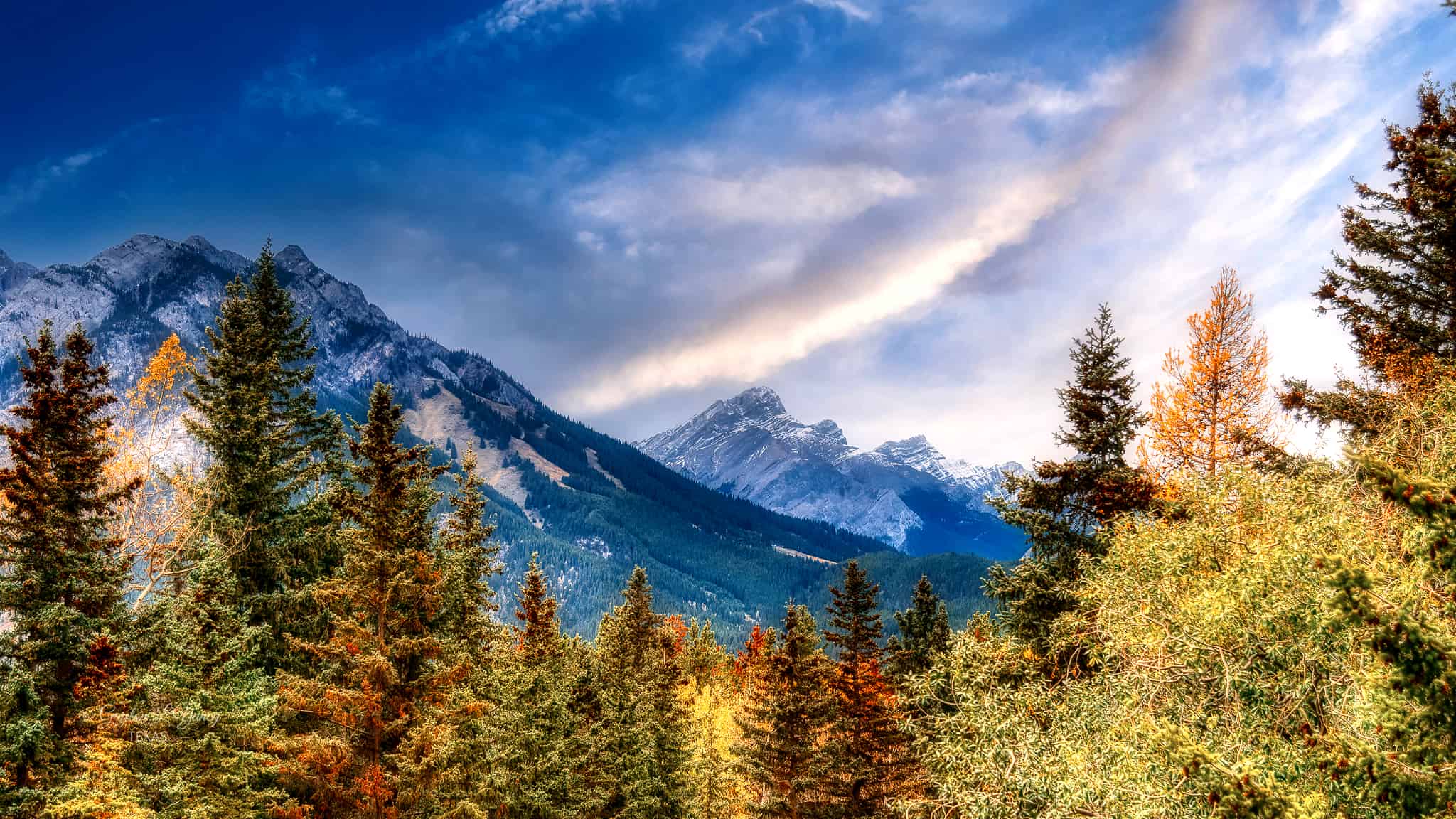Share this article
Safari-goers help conservationists through a camera lens
Wildlife biologist Kasim Rafiq was studying the behavior and space use of leopards in Botswana in order to find out how they were interacting with other carnivores. While a main part of his research required finding the animals, he didn’t always have the easiest time.
One day in particular he was searching for a large male leopard — nicknamed Pavarotti — that had been known to be in the area but didn’t have a radio collar. Rafiq had seen the leopard’s tracks and could hear him at night but just couldn’t find him. He went out in search for the animal, but the wheel on his Land Rover got stuck in a warthog burrow. After hours of attempting to get out of the hole, he finally made it back to the road.
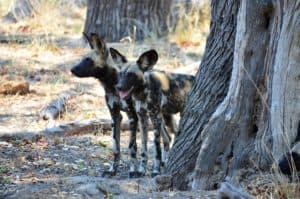
Two African wild dogs. ©Megan Claase, Rafiq et al./ Current Biology, 2019
There, he came across some tourists and safari guides and explained to them that he was looking for Pavarotti. “They laughed and said they saw him this morning,” said Rafiq, who was then a PhD candidate at Liverpool John Moores University. That’s when he realized how important tourists and safari guides could be for conservation. “I began to appreciate the volume of what they could be collecting,” he said.
Rafiq led a study published in Current Biology to test how well tourist photos could help biologists conduct density estimates of species in the area, including lions (Panthera leo), spotted hyenas (Crocuta crocuta), leopards (Panthera pardus), African wild dogs (Lycaon pictus) and cheetahs (Acinonyx jubatus). They compared the use of tourist photos with more common methods, including camera traps, track surveys — counting the number of track marks the animals make — and call-in stations, which play the sound of an animal that researchers think will draw out the target species.
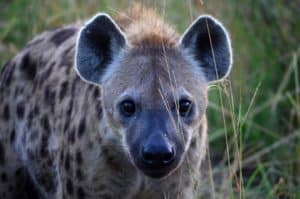
A spotted hyena. ©Megan Claase, Rafiq et al./ Current Biology, 2019
“All these measures have their pros and cons,” he said.
To test out information collected from tourists, the team first had to find people interested in participating. It was surprisingly easy. Every three days, they would speak with guests from a partnering safari lodge for a couple minutes about the project. They outfitted people who were interested with a GPS logger on a lanyard to track their movements and where they took the photos.
“When I first suggested the idea to collaborators, one of the concerns was that, since the guests were on holiday, they might not have the motivation or desire to share their photographs,” Rafiq said. But of the 26 groups they spoke to, they had at least two participants from every group. The researchers then manually identified animals in the photos based on their coloration patterns and whisker spots.
The next step was looking at the density estimates each method provided. The team found that the density estimates provided from the photos were comparable to the wildlife density estimates obtained from all of the other methods. The tourist photo method was also the only method to detect cheetahs within their study area – though the numbers detected were too small to estimate densities.
“What’s also great about this method is that it was more cost efficient than the others,” Rafiq said. The next step, he said, is cutting down the time of manually going through the photos, maybe by using an automated system to classify images.
“The citizen-science method isn’t a silver bullet that can be used in all circumstances,” Rafiq said. “Instead, it’s an additional tool that conservationists have in their toolkit for better understanding how wildlife populations may be changing over time. Every day, social networks are using user generated data for advertising. Our work shows that such data can also have implications for species conservation. It provides the opportunity to not only aid the monitoring of the charismatic megafauna most valued by society, but also has the potential to shape how we can meaningfully participate in conservation.”
Header Image:
Tourist photos helped researchers conduct population estimates for lions and other species.
©Megan Claase, Rafiq et al./ Current Biology, 2019



